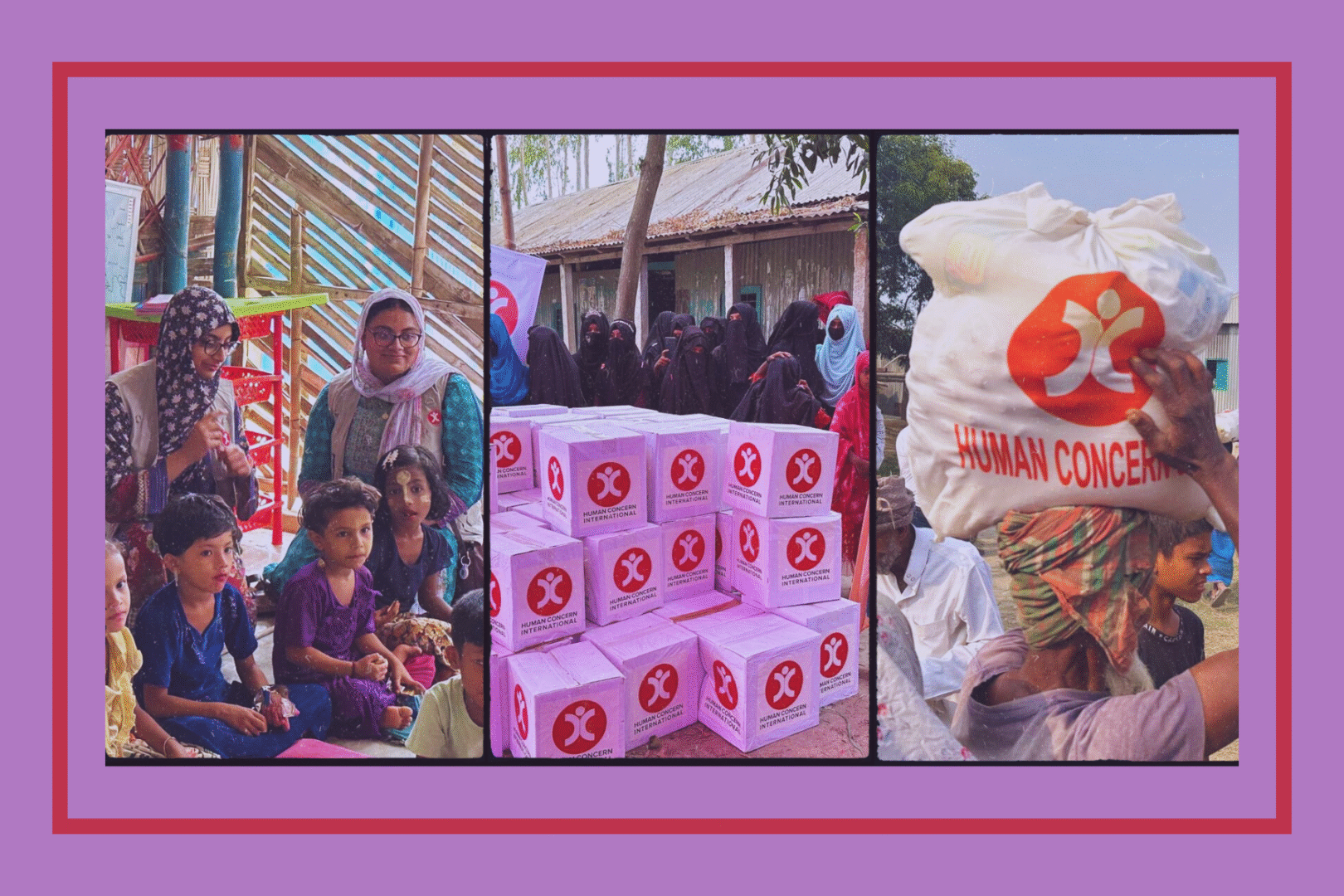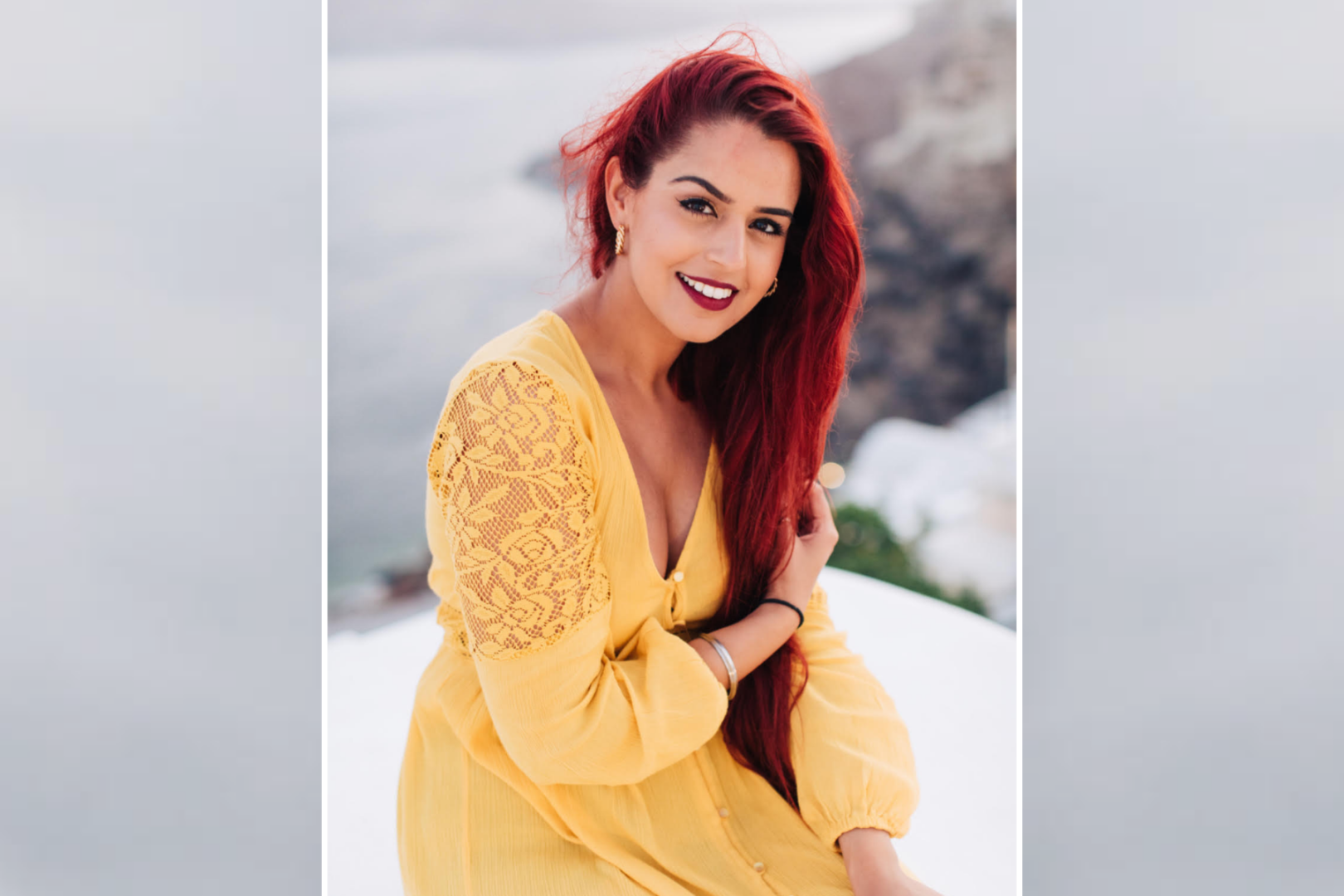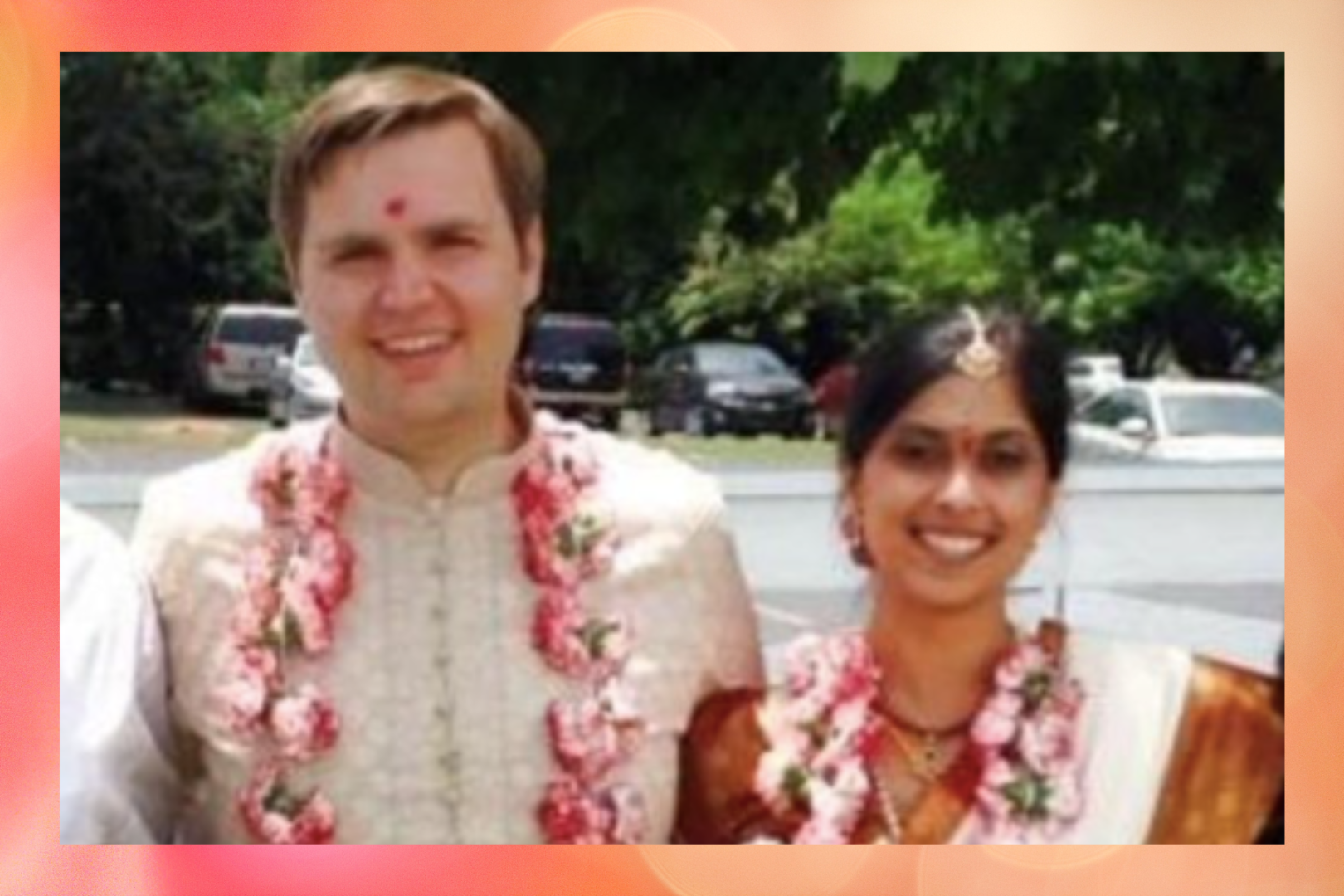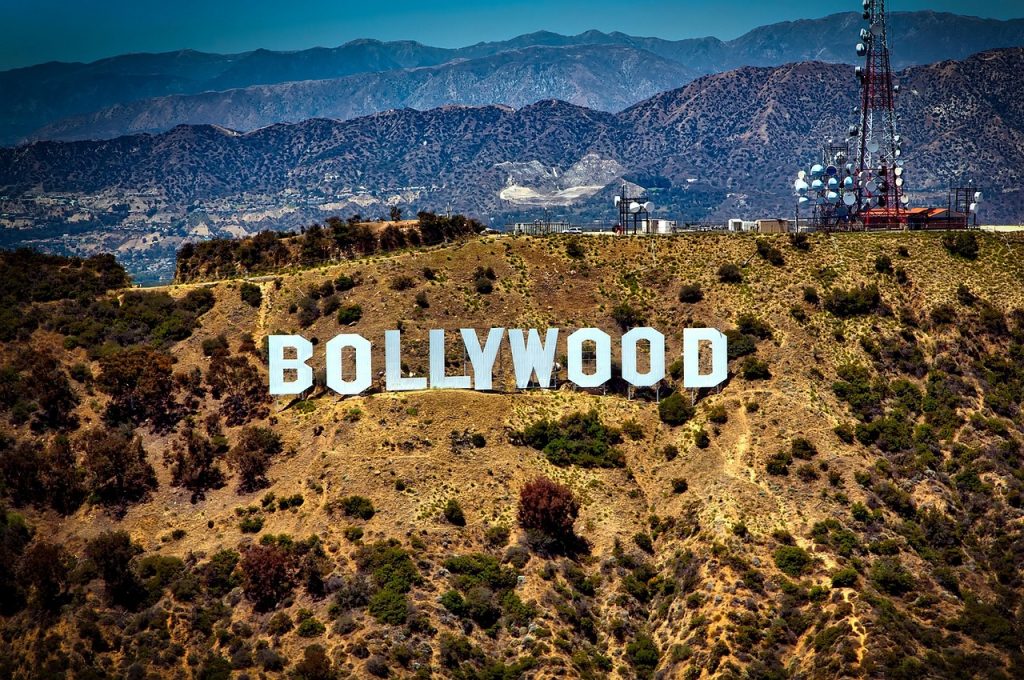
Watching movies has always served as a break from reality for the viewer and Bollywood movies are no exception to this. The uniqueness about Bollywood is that it has always held a certain innocence which makes it the perfect escape from our Western lives. It provided a place for us to immerse ourselves in our cultural roots through song, dance, and pure art. Historically, it’s a place where love conquered all; a place where women could dance freely and not be sexualized; a place where certain things were left to the imagination. The film industry gave us a sense of hope and left us to decide for ourselves whether life will imitate art or art will imitate life.
A recent survey conducted by South Asians for Sexual and Social Empowerment (SASSE) showed that most college-educated South Asian Americans, between the ages of 35 to 44, received their sexual education from their school system; however more than 50 percent of the participants said that the education received was not relevant to their cultural and family values. Moreover, an extension to the same study suggests that those who were not given any formal type of sex education received their information through Internet searches, social media, and the movie industry. With more than 40 percent of participants citing they were parents to children under the age of 17, it begs the question: How do we maintain our cultural disposition, yet provide the next generation the tools needed to succeed at life?

[Read Related: India (Finally) Repeals Controversial Tax on Sanitary Products for Women]
Dispelling common myths surrounding aspects of sex education that are portrayed by the media will help to address cultural stigmas to some degree. What we have to understand though is that we are all ultimately responsible to educate ourselves and those around us, so that we can collectively break down the barriers that keep future generations from progressing forward.
Healthy Relationships
Boy loves girl, boy stalks girl, girl loves boy, parents disown girl… As much as it sounds like the Kuch Kuch Hota Hai days, this is still a real-life notion in the South Asian community and a common thread throughout Bollywood’s film industry. Women are inferior to men and their families. Respect is given, not earned and socioeconomic status is everything. Sexual intercourse is a pleasure for the man and women must submit to their partners. Although Bollywood movies continue to progress sexually, the “Romeo and Juliet” mentality is still represented as a healthy relationship by the film industry.
In reality, healthy relationships are based on mutual respect, trust, equality, communication, and support of one another. Healthy relationships should be empowering and allow for individuals to have their own separate identity while simultaneously maintaining the trust of their partner. Red flag behavior of an unhealthy relationship could be signs of jealousy, dishonesty, manipulation, lust, and disrespect in general. Bollywood, anyone?? Something as simple as being told how to dress can be a sign of an unhealthy relationship.
Although divorce has become more normalized there remains a cultural stigma attached to it. Unhealthy relationships are commonly mistaken as “physical abuse;” however all aspects of an unhealthy relationship may lead to emotional and mental abuse over time. Pressures from the community to stay in unhealthy relationships has been a common practice, but with movements such as “Times Up” and #metoo more individuals are coming forward to be an advocate for themselves and those around them.
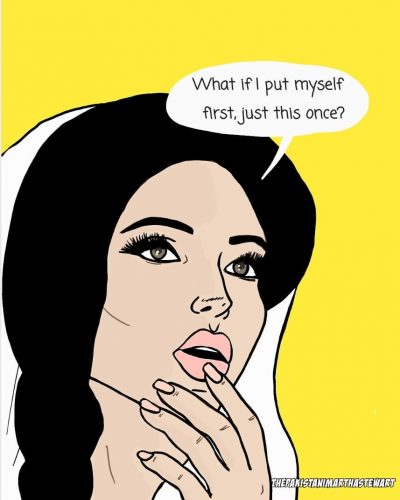
Self-Image
Insecurity is a universal language that holds no cultural bias. As if it wasn’t hard enough to deal with the Western society’s ideal image of beauty, as South Asians we are expected to adhere to the pressures of community standards in both cultures. According to the film industry, desi women should be fair, thin, and resemble Kareena Kapoor. She should rock a sari while cooking, cleaning, and sleeping, yet somehow manage to maintain a desirable and humble look about her. She would dance with grace and walk with elegance and never be outspoken. She would be a wife and a mother and would hold herself to the highest standards in both communities, while never crossing the line of becoming “too westernized.”
[Read Related: Not Your Auntie’s Tips: 5 Sex Myths Busted]
We are growing up in a time that being told to “be who you are” and to “love yourself” are common sayings, but as a historically oppressive culture, our community has yet to embrace the same values. Although our self-image is created by many facets, we in no way should allow it to define who we are. We will never be able to “be ourselves” until we accept that there is more to our identities than what is hyper-visible about us. Community influences directly affect how we see ourselves as individuals, but ultimately we get to decide what the best version of ourselves is going to be. Embrace your insecurities. Keep what you love and change what you don’t. Do you.
Sexuality
As Bollywood continues to cast the LGBTQ community in other-than-comedic roles, they will begin to break down cultural stigmas and recognize an otherwise invisible or misrepresented community. Even with Bollywood’s new found acceptance of the LGBTQ community, South Asians account for less than 1 percent of open LGBTQ people living in North America. On top of the struggle for equal rights that the LGBTQ community faces as a whole, the South Asian community has cultural battles to overcome as well. According to a 2014 survey conducted by the Pew Research Center of global attitudes and trends, 60 percent of Americans now support same-sex marriage whereas 67 percent of South Asians rated homosexuality as morally unacceptable.
Even though Bollywood continues to advance the underrepresentation of the LGBTQ community makes it more difficult to normalize sexuality. Demystifying stereotypes, removing labels, and recognizing that sexuality is fluid opens the door to understanding, education, and ultimately progression.
[Read Related: SAYFTY: Empowering Women to Stop Being ‘Silent Bystanders’]
Despite the fact that the film industry is not directly responsible for providing us with sex education, it still has the power of influencing a large portion of the South Asian population. Living vicariously through art has a place from time to time, however, it should not be a source of self-actualization. Instead, it should assist in building a sense of identity and solidarity. We live in a society where we need to recognize that PG-13 means strong sexual situations, access to sex is at our fingertips, and Bollywood movies are no longer a safe alternative to Western films. At the forefront, parents should be the first resource when it comes to any type of education for their children, and that should be no different when coming to sexual education.
